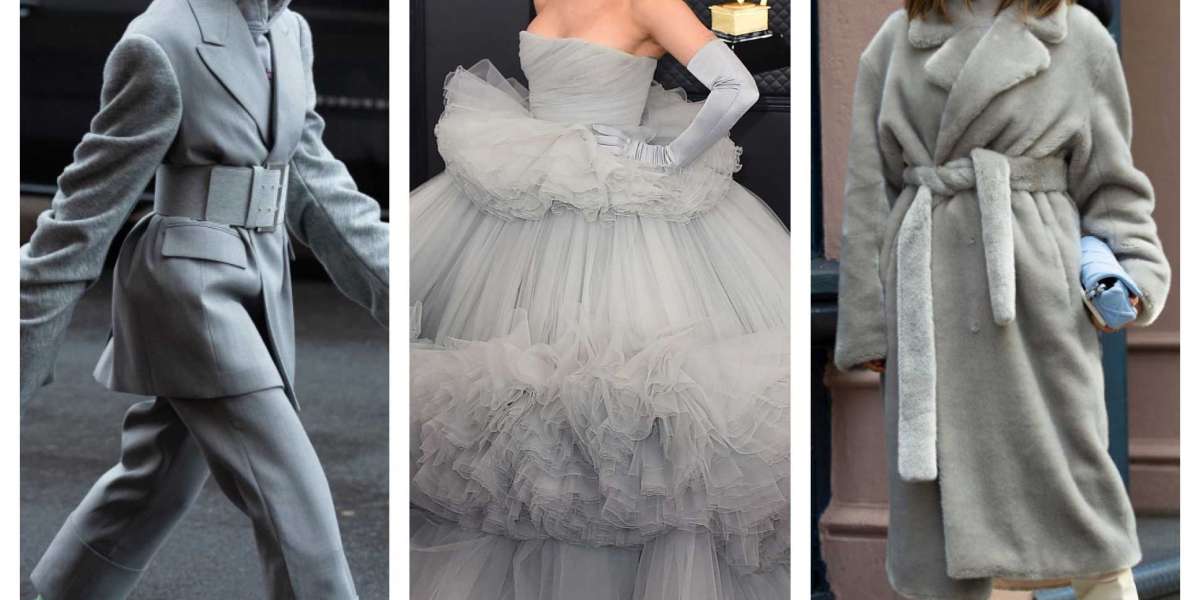Choosing a Bunk Bed For Kids
A bunk bed for kids can provide closeness between siblings and an experience of sharing. It can also accommodate a full or twin mattress on the bottom to accommodate sleepovers.
Before you buy a bunkbed for your child, be sure to consider these safety tips. Make sure the staircase and ladder are secured to the frame, and any gaps in guard rails aren't wide enough for strangulation.
Safety
Bunk beds are a fantastic space saver for kids, but they can be dangerous if not properly set up and properly monitored. Always choose a bed that has full-length guardrails both on the top and bottom bunk. Look for a bunk bed that has been tested for safety by a third party lab and is in compliance with all CPSC requirements. If you can, place the bunk beds in a room without doors or windows. This will prevent children from escaping their bunks during the night.
Consider the weight capacity of your children and their age when selecting a bunk bed. Some bunk bed uk beds are only for children, whereas others can be used by teens and adults. Also, consider if you prefer the flexibility of having an trundle bed on the bottom or if you'd prefer to have just one twin mattress for both beds. Finally, if you're using the bed for more than two kids ensure that the beds are compatible and there is enough space in the room to accommodate both beds comfortably.
Certain children are more suited to the top bunk than others, and it's important to monitor their readiness for a bunk bed on a regular basis. Experts generally advise that children younger than six years of age not sleep on top bunk, as they may lack the coordination and spatial awareness necessary to safely navigate the ladder and height of the upper bed.
If your children are often having friends frequent visits, ensure they are aware of the rules of bunk beds, such as not climbing on the ladder, and not hanging or rough-housing off the guardrails. Additionally, encourage your children to keep belts, jewelry, and jump ropes away from the bunk bed as they could pose the risk of strangulation. To provide additional security some bunk beds have stairs instead of ladders and can be a great alternative for children who are having difficulty climbing. Lights for night can be put on bunk beds for kids to aid them in navigating to and from the top bunk during the night.
Space-Saving
Bunk beds can maximize floor space, allowing more room for study and play. This option is not just ideal for bedrooms for children but also used to create a focal point in a dining room or living space.
When choosing the ideal bunk bed for your kids be sure to consider the size of the room and their age. The majority of kids move to the top bunk around six or eight years old, when they begin to demonstrate the maturity and dexterity required for such an arrangement. However you know your child best and you should conduct a personal assessment of their ability to ensure they can manage the transition with confidence and comfort.
A lot of bunk bed designs include ladders or stairs that allow easy access to the upper levels. Stairs may take up more space than ladders, but they are safer for kids as they learn to navigate the beds' heights. Some bunks come with a slide, which gives kids a thrill every time they go to bed.
Pick a bunk with ample storage space, especially if you're looking to select a bunk with stairs. This design by Lucy Harris Studio features a drawer beneath the stairs, which helps keep the bunks neat and tidy.
Incorporate a theme into the design of your bunk bed to make it feel more special for your kids. For instance, a sports-themed bunk set is a fun choice for kids who love football, baseball or soccer, while a bunk with a fairytale theme is perfect for little princesses. Bunks that include a desk are an excellent option for kids who need to do their homework or study in the evenings.
Bunk beds are a fantastic option for siblings who like to spend time together and also appreciate the independence and privacy of their own rooms. When it is time to host sleepovers for siblings bunk beds enable the children to sleep comfortably without the need of the sofa or floor. Only children who share bedrooms with siblings can also have friends over for sleepovers.
Convenience
Bunk beds allow siblings to share a room without occupying valuable space. This allows the children to grow, play and study together while still enjoying their independence. It also makes it easy for parents with a busy schedule to keep the home tidy and keep track of their busy schedule. Bunk beds come with many features that maximize the use of vertical space and are compatible with any style of bedroom.
Bunk beds are a great way to reduce space and display your parenting style. Loft and bunk bed designs are available in a vast range of sizes and styles to fit any space and include twin beds over full-size beds as well as twin over queen beds. Some models include built-in storage while others offer additional storage space, such as a full or twin trundle. These beds can be transformed into two separate singles or a daybed once your children get out of them.
Lofts and bunks aren't just a great way to make space however, they can also bring a sense of adventure and fun to any bedroom. Many children love the chance to call dibs on the top bunk and transform it into a clubhouse, a fort or even a pirate ship. They can also invite friends to stay for sleepovers or create an environment where they can engage their imaginations.
Spending more time with their siblings during the evening can also aid in strengthening their bonds. No matter what age gap, having each other for companionship through the rough patches of siblinghood is an excellent method to strengthen ties and foster emotional development. Bunk and loft arrangement of beds are ideal for older siblings who have younger siblings. The older child can mentor the younger one and create a strong bond with them.
The right bunk bed for children ultimately depends on the child's capacity and security to climb up and down. The average child is ready to climb up the top bunk around the age of six, but it's crucial to determine your child's physical and mental development. The physical side of things includes whether they have the ability to dexterity and coordination required to maneuver a ladder and bunk while the mental aspect of things considers their maturity and degree of responsibility.
Style
Bunk beds can be an exciting, fun look to any room. They're ideal for siblings who share a room, or friends who spend sleepovers together. They let children express themselves by the theme, color and style they pick for their rooms. There are a variety of options to think about when choosing bunk beds for children, including:
A conventional bunk bed is the most basic type of bed. It is two twin-sized bunk beds that are stacked on top of each other. This configuration is perfect for siblings sharing the same space and allows them to easily communicate even if they're on different floors. A lot of the standard models of bunk beds offer customization options that make it easy to find a bed that is suitable for the bedroom of any child.
Some bunk beds also have particular features that make them more useful and fashionable. Some bunk beds come with drawers under the bed to keep the space underneath the bunks clean and organized. It's easy to store bedding, clothes and other items. It's also possible to attach curtains or drapes to the bunk beds in order to provide some privacy for sleepers.
Loft beds are a different kind of bunk bed for kids that elevates the mattress a few inches off the ground. This arrangement saves space and makes a perfect spot to read, study or relax. It is also possible to add extra storage space by adding shelves or a desk.
The final option is a unique themed bunk bed that fits perfectly with the overall room theme. Bunk beds for kids can be designed to resemble trees, castles or even pirate ships to add an element of enjoyment to any room for children. These themed bunk beds encourage imaginative play and encourage creativity.
If you're considering whether a bunk bed is the best option for your child, it's crucial to consider their age and maturity level. It is generally accepted that children should transition to the top bunk around the age of 6 or 7. However, you'll need to determine whether your child is able and capable of sleeping on elevated furniture.







